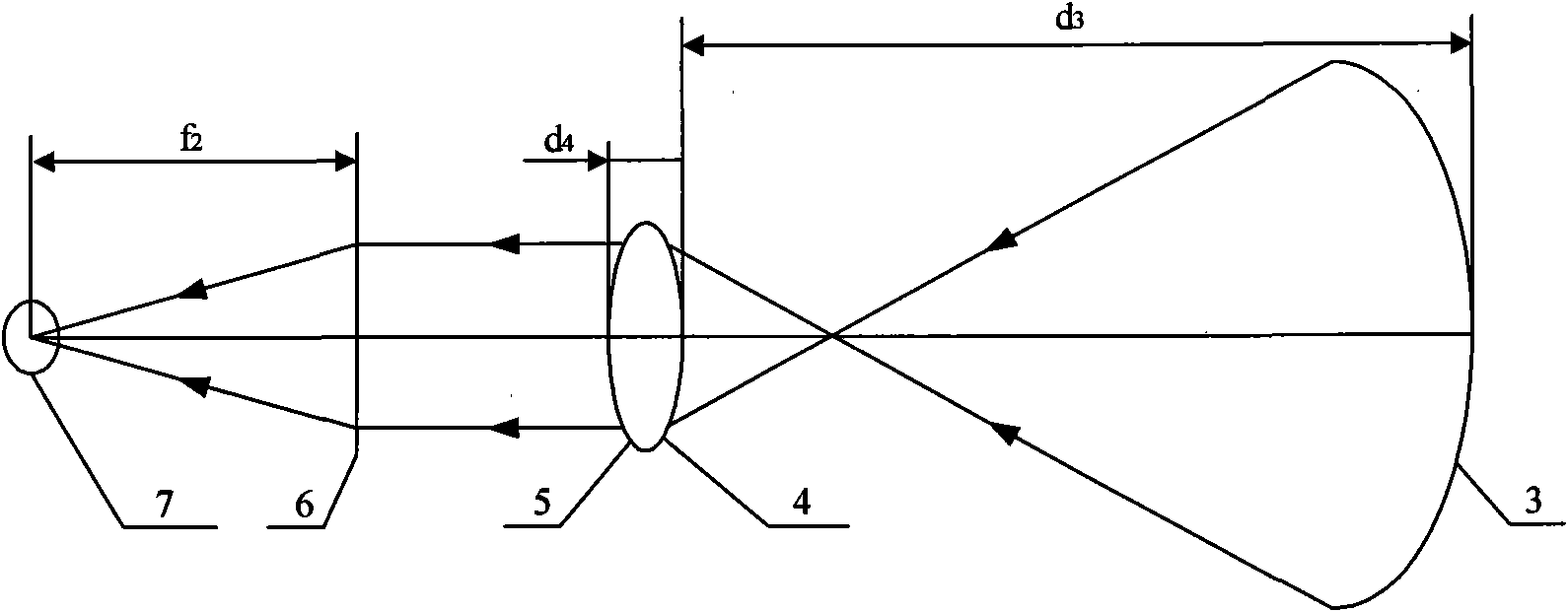Method for designing partially compensatory lens by taking slope as optimization objective
A technology for compensating lenses and optimizing targets, which is applied in the field of aspheric surface detection, can solve problems such as inability to directly optimize the wavefront slope, unreasonable optimization target settings, and incomplete and reliable optimization results, so as to simplify design difficulty, reduce detection costs, and set simple effect
- Summary
- Abstract
- Description
- Claims
- Application Information
AI Technical Summary
Problems solved by technology
Method used
Image
Examples
Embodiment
[0037] A partially compensated lens design method with slope as the optimization objective is implemented as follows:
[0038] It is known that the diameter of the measured aspheric surface is D'=580mm, and the radius of curvature of the vertex is R 0 =1179.447mm, eccentricity k=-0.499365, the specific steps of designing a partial compensation lens to detect the machining error of the measured aspheric surface are as follows image 3 shown, including:
[0039] Step 1: Set system parameters
[0040] Set the entrance pupil diameter D=80mm and wavelength λ=550nm as needed;
[0041] Step 2: Calculate the optical parameters of the partially compensated lens
[0042] For most aspheric surfaces, simply using a singlet lens as a partial compensation lens will suffice. First, open the editing bar of the Lens Data Editor of the ZEMAX optical design software. There are already three surfaces in the editing bar, which are the object surface OBJ, the aperture STO and the image surface ...
PUM
 Login to View More
Login to View More Abstract
Description
Claims
Application Information
 Login to View More
Login to View More - R&D
- Intellectual Property
- Life Sciences
- Materials
- Tech Scout
- Unparalleled Data Quality
- Higher Quality Content
- 60% Fewer Hallucinations
Browse by: Latest US Patents, China's latest patents, Technical Efficacy Thesaurus, Application Domain, Technology Topic, Popular Technical Reports.
© 2025 PatSnap. All rights reserved.Legal|Privacy policy|Modern Slavery Act Transparency Statement|Sitemap|About US| Contact US: help@patsnap.com



